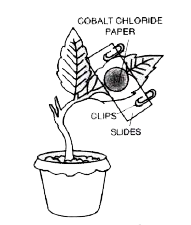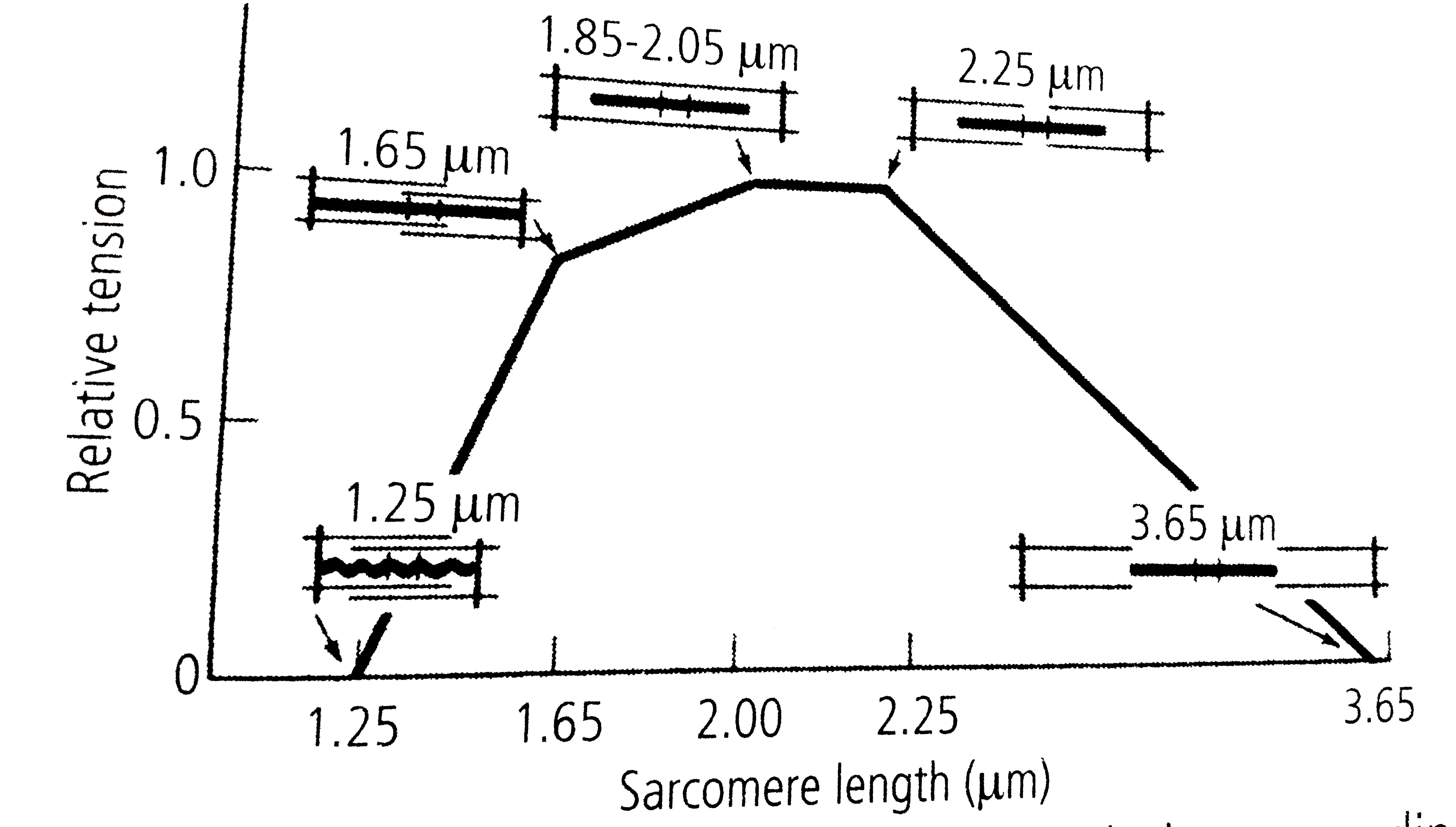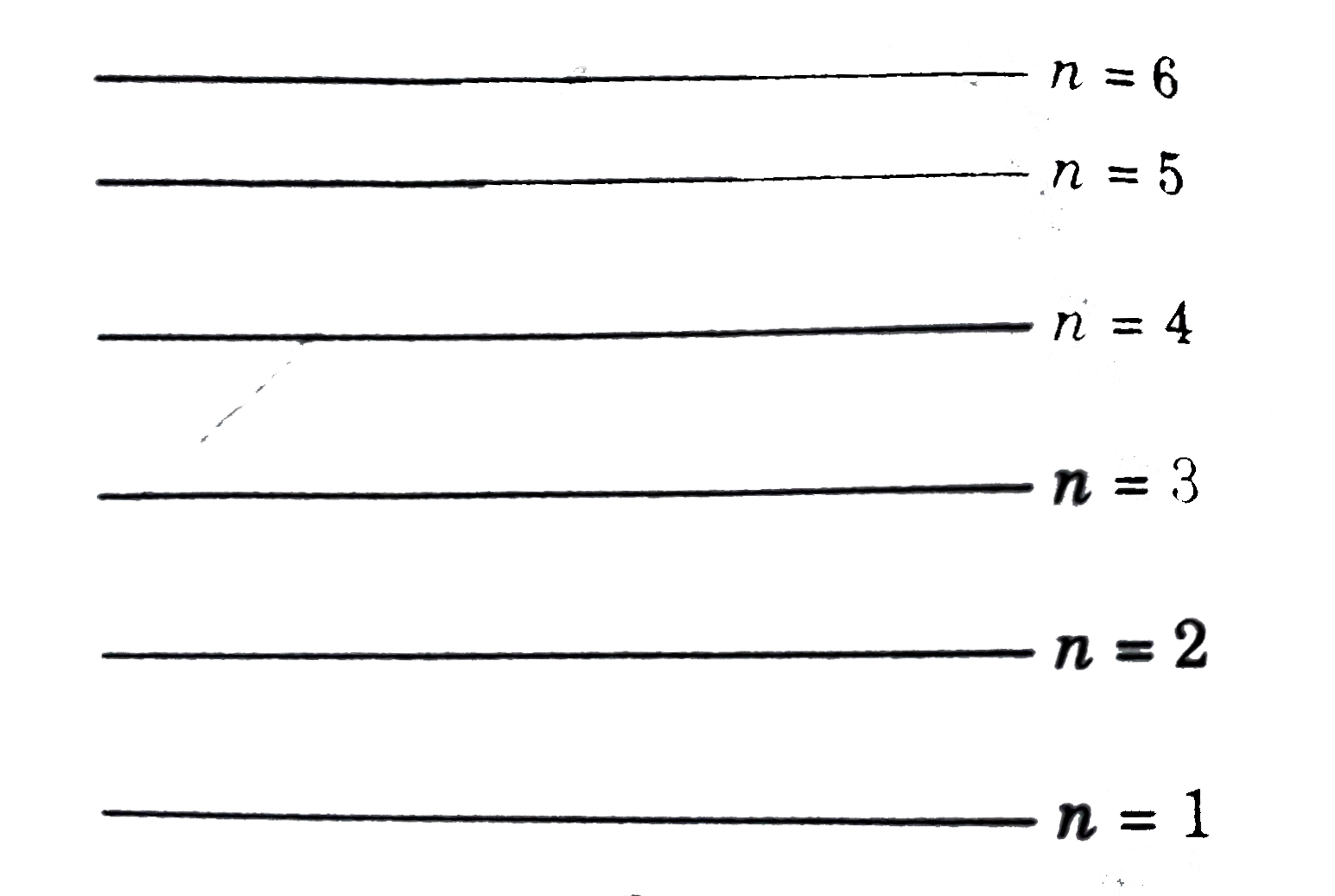During contraction, what changes would you expect to see in the various lines, bands, and zones of the sarcomere, on the basis of the sliding filament hypothesis?
Step-by-Step Text Solution:
1. Understanding the Sarcomere Structure:
- The sarcomere is the basic contractile unit of muscle fibers and consists of alternating dark (A bands) and light (I bands) regions.
- The Z line bisects the I band, and the M line is found in the center of the A band.
2. Initiation of Contraction:
- Muscle contraction is initiated when the myosin heads bind to the exposed active sites on the actin filaments, forming cross-bridges. This process is powered by the hydrolysis of ATP.
3. Sliding Mechanism:
- According to the sliding filament hypothesis, during contraction, the actin filaments slide past the myosin filaments.
- The myosin heads pull the actin filaments towards the center of the A band.
4. Changes in Sarcomere During Contraction:
- A Band: The length of the A band remains unchanged during contraction.
- I Band: The I band shortens as the actin filaments are pulled inward.
- H Zone: The H zone, which is the central region of the A band where there are no overlapping filaments, also shortens and may disappear completely during contraction.
- Z Lines: The Z lines are pulled closer together as the actin filaments are drawn inward.
5. Result of Contraction:
- The overall effect of these changes is the shortening of the sarcomere, which leads to muscle contraction.
Summary of Changes:
- A Band: No change in length.
- I Band: Shortens.
- H Zone: Shortens and may disappear.
- Z Lines: Move closer together.
- The sarcomere is the basic contractile unit of muscle fibers and consists of alternating dark (A bands) and light (I bands) regions.
- The Z line bisects the I band, and the M line is found in the center of the A band.
- Muscle contraction is initiated when the myosin heads bind to the exposed active sites on the actin filaments, forming cross-bridges. This process is powered by the hydrolysis of ATP.
- According to the sliding filament hypothesis, during contraction, the actin filaments slide past the myosin filaments.
- The myosin heads pull the actin filaments towards the center of the A band.
- A Band: The length of the A band remains unchanged during contraction.
- I Band: The I band shortens as the actin filaments are pulled inward.
- H Zone: The H zone, which is the central region of the A band where there are no overlapping filaments, also shortens and may disappear completely during contraction.
- Z Lines: The Z lines are pulled closer together as the actin filaments are drawn inward.
- The overall effect of these changes is the shortening of the sarcomere, which leads to muscle contraction.
- A Band: No change in length.
- I Band: Shortens.
- H Zone: Shortens and may disappear.
- Z Lines: Move closer together.
Topper's Solved these Questions
- LOCOMOTIONA ND MOVEMENT BOOK - ICSECHAPTER - LOCOMOTIONA ND MOVEMENT EXERCISE - TEST YOUR PROGRESS ( HIGHER ORDER THINKING SKILLS QUESTIONS (HOTS))
9 Videos
- LOCOMOTIONA ND MOVEMENT BOOK - ICSECHAPTER - LOCOMOTIONA ND MOVEMENT EXERCISE - NCERT EXERCISES WITH ANSWER
19 Videos
- LOCOMOTIONA ND MOVEMENT BOOK - ICSECHAPTER - LOCOMOTIONA ND MOVEMENT EXERCISE - TEST YOUR PROGRESS ( VERY SHORT ANSWER TYPE QUESTIONS )
73 Videos
- LOCOMOTION AND MOVEMENTBOOK - ICSECHAPTER - LOCOMOTION AND MOVEMENTEXERCISE - LONG ANSWER TYPE QUESTIONS
14 Videos
- MINERAL NUTRITION BOOK - ICSECHAPTER - MINERAL NUTRITION EXERCISE - NCERT EXERCISE WITH ANSWER (DIFFERNTIATE BETWEEN )
9 Videos
Similar Questions
During muscle contraction, what could be the correct sequence ?
A. Release of calcium ions into the sarcoplasm.
B. Release of Acetylcholine.
C. Sliding of actin filaments over each other.
D. Break down of ATP to form a cross bridge.
View SolutionGiven below is the diagram of an experimental set-up to study the process of transpiration in plants. Study the same and then answer the questions that follow :

After about half an hour what change, if any, would you expect to find in the cobalt chloride papers placed on the dorsal and ventral sides of the leaf? Give a reason to support your answer.
View Solution
Knowledge Check
The given graph shows length-tension curve for a typical vertebrate sarcomere.

By analysing the graph, what can you deduce regarding the muscle contraction?
(i) Neither the myosin filaments nor the actin thin filaments change in length when a sarcomere shortens or is stretched. Instead, it is the extent of ocerlap between actin and myosin filaments that changes.
(ii) The total tension produced by a sarcomere is proportional to the total number of cross-bridges that can interact with actin filaments, and this number in turn is proportional to the amount of of overlap between thick and thin filaments.
(iii) The tension produced by the muscle is maximal when the overlap between thick and thin filamentss allows the largest number of myosin cross-bridges to bind to actin.
(iv) Tension drops off with increased lenght, because the thick and thin filaments overlap less and fewer cross-bridges can bind.
Tension drops off with decreased length, because thin filaments at the two ends of the secromere begin to collide with each other, preventing further shortening.A(i) OnlyB(i),(iii) and (iv)C(i),(iii),(iv) and (v)D(i),(ii),(iii),(iv) and (v)
What happens to the l band and H zone during contraction? Do the lengths of the thick and thin filaments change ?
View SolutionStatements
A-bands of the muscle are dark and contain myosin
I-band are the light bands and contain action
During muscle contration the A-band contracts
The part between the two Z-lines is called as saromere
The central part of thin filament, not over-lapped by thick filament is called H-zone of the above statements.
View SolutionA radioactive substance is oxidised. What changes would you expect to take place in the nature of radioactivity ? Explain your answer.
View SolutionLook at the figure and answer the following questions.

(a) What change would you observe in the calcium hydroxide solution taken in tube B ?
(b) Write the reaction involved in test tubes A and B respectively.
(c ) If ethanol is given instead of ethanoic acid, would you expect same change ?
(d) How can a solution of lime water be prepared in the laboratory ?
View SolutionName two elements you would expect to show chemical reactions similar to magnesium. What is the basis for your choice?
View SolutionWhat would be the maximum number of emission lines for atomic hydrogen that you would expert to see with the naked eye if the only electronic energy involved are those as shown in figure ?

View SolutionThe steps involved in the mechanism of muscle contraction are given below.
Arrange the steps in proper sequential order and select the correct option.
I. Release of calcium ions in the sarcoplasm.
II. Signal sent by the CNS via a motor neuron.
III. Binding of calcium with a subunit of troponin on actin filaments.
IV. Generation of the action potential in the sarcolemma.
V. Binding of myosin head to the exposed active sites on actin to form a cross-bridge.
VI. Inward pulling of ‘Z’ line attached to actin causing shortening of the sarcomere.
VII. Pulling of the attached actin filaments towards the centre of 'A' band.
VIII. Release of neurotransmitter acetylcholine and generation of the action potential in the sarcolemma.
View Solution
